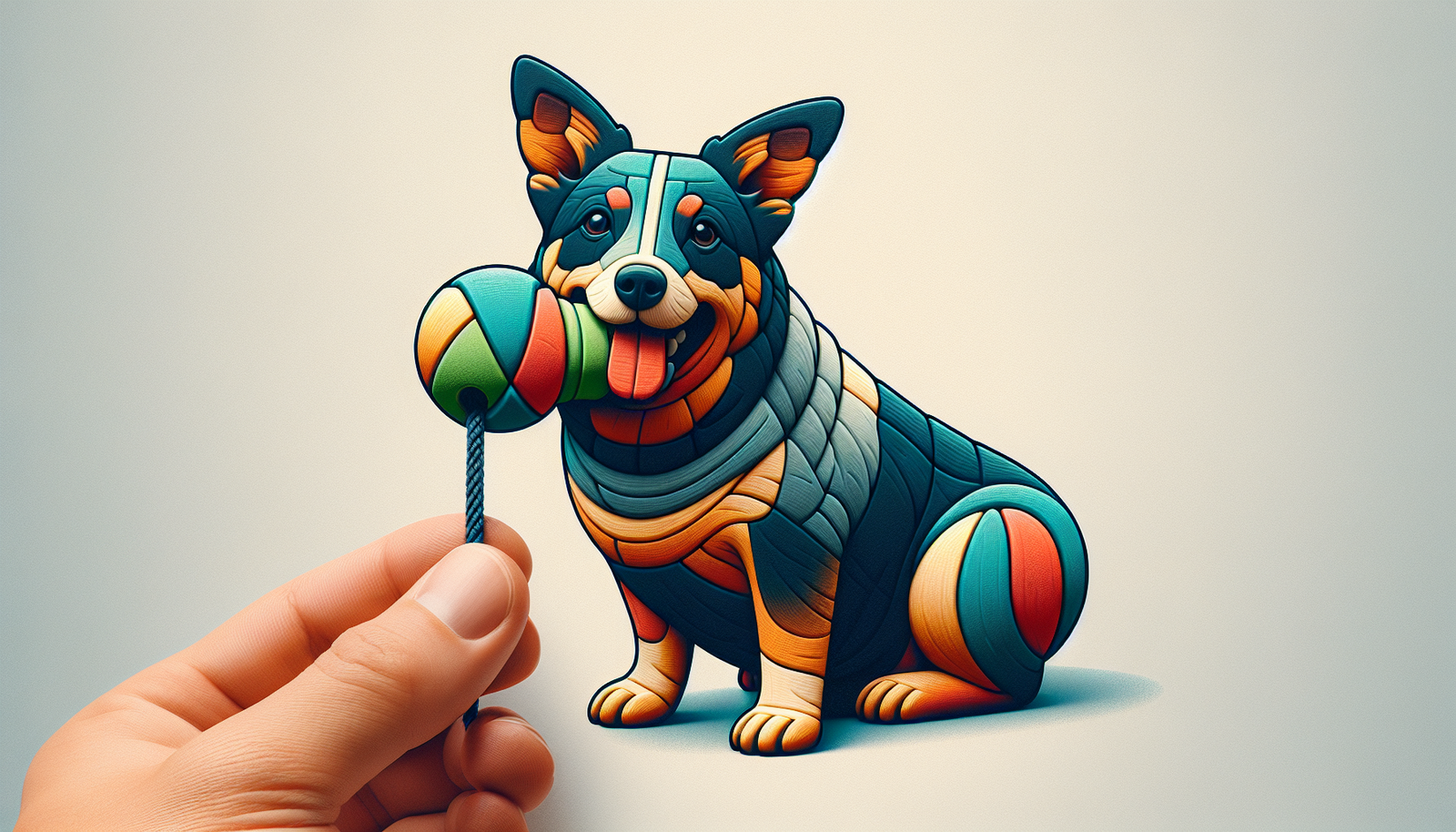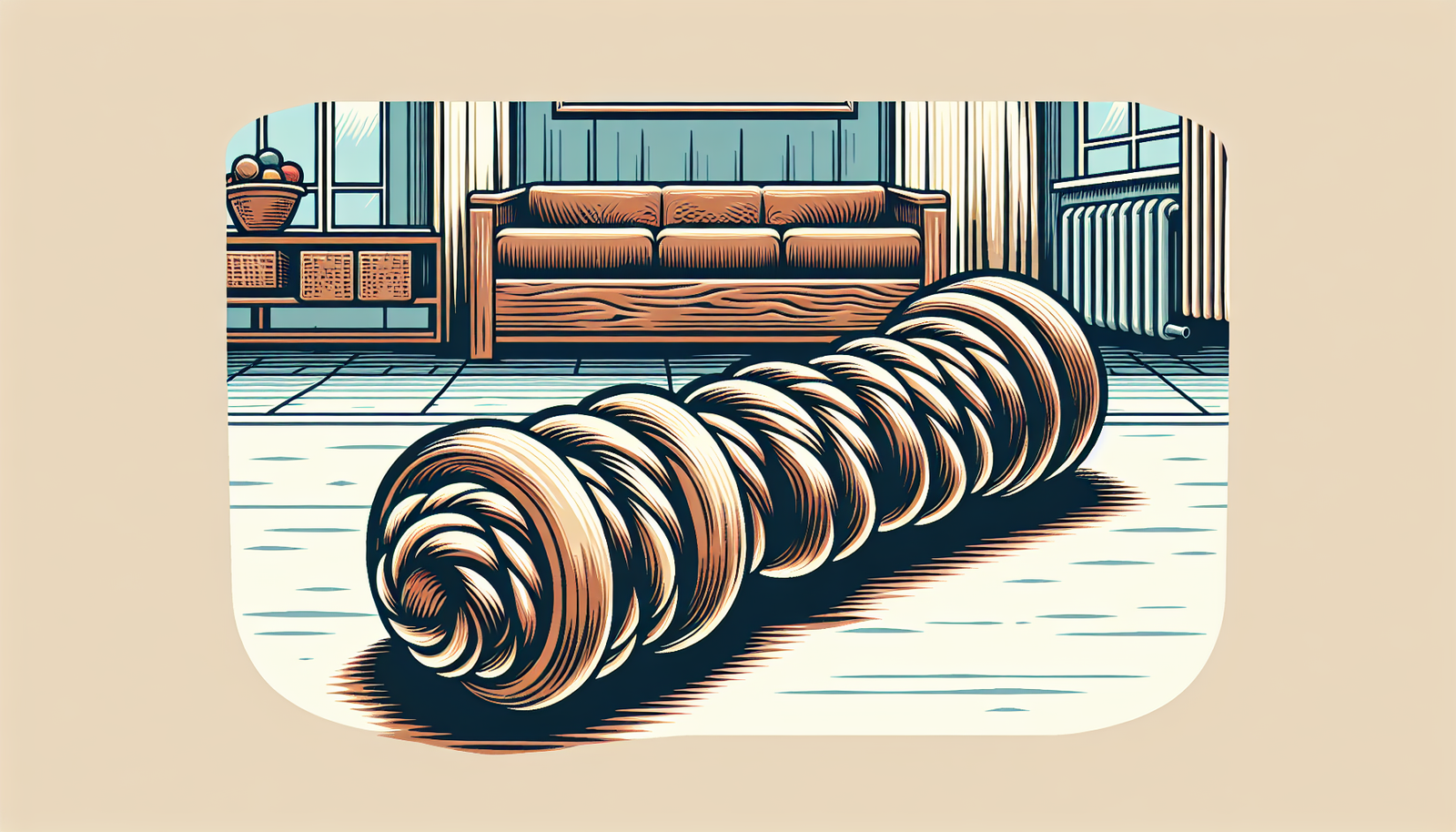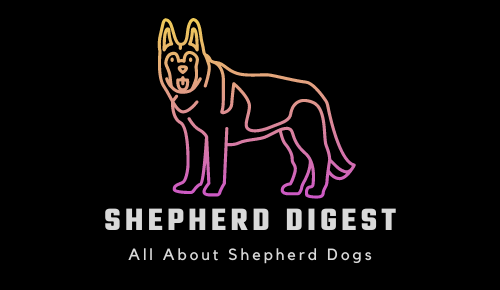If you find yourself dealing with nipping and biting behavior in your beloved Australian Cattle Dog, fret not! It’s a common challenge that many pet owners face, but with a little guidance and patience, you can nip this behavior in the bud. In this article, we will explore a few effective strategies to discourage nipping and biting behavior in your Australian Cattle Dog, ensuring a harmonious and safe environment for both you and your furry friend. So, let’s get started on the path to a well-behaved and happy companion!

Understanding the Behavior
Common reasons for nipping and biting
Nipping and biting are common behaviors exhibited by Australian Cattle Dogs, especially during their puppyhood. These behaviors can be attributed to various reasons, such as teething, playfulness, fear, or lack of socialization. Puppies explore the world with their mouths, and biting is a natural part of their development. However, it is essential to address and discourage this behavior to prevent it from becoming a habit.
Importance of early training and socialization
Early training and socialization play a vital role in discouraging nipping and biting behavior in Australian Cattle Dogs. Starting training from a young age helps establish boundaries, rules, and acceptable behaviors. Socialization exposes the dog to various environments, people, and animals, reducing fear and anxiety, which can contribute to nipping and biting. Training and socialization should be a consistent and ongoing process to ensure the best results.
Positive Reinforcement Training
Reward-based training methods
Positive reinforcement training is a highly effective method for discouraging nipping and biting behavior in Australian Cattle Dogs. This approach involves rewarding desired behaviors rather than punishing unwanted ones. When your dog exhibits good behavior, such as gentle mouthing or refraining from biting, reward them with treats, praise, or playtime. This positive association encourages your dog to repeat the desired behavior.
Using treats and toys as motivators
Treats and toys can be excellent motivators during positive reinforcement training. Use small, easily consumable treats specifically designed for training purposes. When your dog demonstrates appropriate behavior, offer them a treat to reinforce the positive association. Additionally, interactive toys can redirect their attention away from nipping and biting onto more constructive activities.
Training consistency and repetition
Consistency and repetition are crucial aspects of positive reinforcement training. Set clear expectations for your Australian Cattle Dog and consistently reward them for desirable behavior while ignoring or redirecting unwanted behavior. Regular training sessions throughout the day, even for short durations, can help reinforce the training and discourage nipping and biting. Remember, patience and persistence are key in the training process.
Redirecting and Distracting
Providing appropriate chew toys
One effective way to discourage nipping and biting is by providing your Australian Cattle Dog with appropriate chew toys. These toys should be sturdy, durable, and designed specifically for dogs. By offering an appropriate outlet for their chewing needs, you can redirect their natural inclination to nip and bite onto a more suitable item. Rotate the toys regularly to maintain their novelty and keep your dog engaged.
Redirecting attention to constructive activities
When you notice your Australian Cattle Dog displaying nipping or biting behavior, redirect their attention to constructive activities. Engage them in interactive play sessions, such as fetch or tug-of-war, to channel their energy and distract them from the unwanted behavior. By consistently redirecting their focus onto positive activities, you can discourage nipping and biting over time.
Using diversion techniques
Diversion techniques can be helpful in discouraging nipping and biting behavior. For example, if your Australian Cattle Dog starts nipping at your hands, quickly provide an alternative focus such as a treat or toy. Additionally, you can redirect their attention by introducing a command or cue, such as “sit” or “leave it,” to shift their focus away from the undesirable behavior. Be patient and consistent with these techniques to achieve positive results.
Consistent Boundaries and Limits
Establishing clear rules and boundaries
Establishing clear rules and boundaries is essential in discouraging nipping and biting behavior. Determine what behaviors are acceptable and communicate them consistently to your Australian Cattle Dog. For example, teach them a command like “no biting” or “gentle” that signifies they should refrain from nipping or biting. Reinforce this command through positive reinforcement training and redirect their behavior onto more appropriate activities.
Avoiding rough play and wrestling
Rough play and wrestling can contribute to nipping and biting behavior in Australian Cattle Dogs. While these dogs may have a strong herding instinct, it is important to discourage rough play that involves nipping or biting. Instead, engage in gentle play and provide toys or games that promote non-aggressive interaction. Consistently reinforcing acceptable play behavior will help establish boundaries and discourage nipping and biting.
Teaching ‘off’ or ‘leave it’ commands
Teaching your Australian Cattle Dog commands like “off” or “leave it” can be valuable in discouraging nipping and biting behavior. These commands signal to your dog that they should stop their current behavior and redirect their attention elsewhere. Through positive reinforcement training, consistently reinforce these commands and reward your dog for complying. Over time, they will learn to associate these commands with stopping the nipping or biting behavior.

Socialization and Exposure
Positive experiences with people and other animals
Socialization is crucial for Australian Cattle Dogs to develop appropriate behavior and reduce nipping and biting tendencies. Expose your dog to various people and other animals in a controlled and positive manner. Encourage interactions with well-behaved dogs and allow your dog to meet friendly strangers. Positive experiences with others will help build their confidence and reduce fear, ultimately discouraging nipping and biting.
Gradual exposure to new environments and stimuli
Gradual exposure to new environments and stimuli is essential to prevent fear-induced nipping and biting behavior. Introduce your Australian Cattle Dog to different environments, such as parks, cities, or busy streets, in a controlled manner. This exposure should be slow and incremental, allowing your dog to adjust and build positive associations with new situations. Gradually exposing them to various stimuli helps them develop resilience and reduces the likelihood of nipping and biting.
Professional obedience classes and socialization groups
Enrolling your Australian Cattle Dog in professional obedience classes and socialization groups can be highly beneficial in discouraging nipping and biting behavior. These classes provide structured training and controlled environments to reinforce positive behaviors and correct any unwanted nipping or biting tendencies. Trained professionals can guide you through the socialization process, ensuring your dog develops appropriate behavior and interactions with others.
Managing Fear and Anxiety
Identifying triggers and sources of stress
Fear and anxiety can often lead to nipping and biting behavior in Australian Cattle Dogs. It is crucial to identify the triggers and sources of stress that may be causing these behaviors. Common triggers include loud noises, unfamiliar situations, or past traumatic experiences. Once identified, you can work on desensitization and counter-conditioning techniques to gradually reduce the fear and anxiety associated with these triggers.
Using counter-conditioning and desensitization techniques
Counter-conditioning and desensitization techniques can help manage fear and anxiety-related nipping and biting behavior. These techniques involve gradually exposing your Australian Cattle Dog to the trigger in a controlled and positive way, while simultaneously providing rewards and distractions. Over time, this process helps your dog form positive associations with previously fear-inducing stimuli, minimizing the likelihood of nipping and biting.
Seeking professional help if necessary
If your Australian Cattle Dog’s nipping and biting behavior persists despite your efforts, or if you’re struggling to identify and manage triggers, it may be beneficial to seek professional help. Professional dog trainers or behaviorists can assess your dog’s behavior, identify any underlying issues, and provide tailored guidance to address the problem effectively. They can offer specialized techniques and exercises to overcome fear and anxiety-related behaviors.
Avoiding Punishment and Harsh Methods
Negative impact of punishment on behavior
Punishment and harsh methods should be avoided when attempting to discourage nipping and biting behavior in Australian Cattle Dogs. These dogs respond much better to positive reinforcement and reward-based training. Punishment can create fear and anxiety, exacerbating the problem behavior or leading to other unwanted behaviors. It is crucial to create a safe and trusting environment for your dog to encourage appropriate behavior.
Positive reinforcement vs. punishment-based methods
Positive reinforcement training is widely regarded as the most effective and humane method for discouraging nipping and biting behavior. This approach focuses on rewarding desired behaviors rather than punishing unwanted ones. By rewarding your Australian Cattle Dog for exhibiting gentle behavior and redirecting their attention onto appropriate activities, you can effectively discourage nipping and biting while fostering a strong bond based on trust and positive reinforcement.
Seeking guidance from professional trainers
If you are unsure about the best training methods to discourage nipping and biting behavior, it is advisable to seek guidance from professional dog trainers. These experts have extensive knowledge and experience in working with Australian Cattle Dogs and can provide tailored advice. They can teach you the most effective techniques, answer questions, and guide you through the training process, ensuring you and your dog achieve success.
Exercise and Mental Stimulation
Providing adequate physical exercise
Adequate physical exercise is crucial in discouraging nipping and biting behavior in Australian Cattle Dogs. These dogs have high energy levels and require regular exercise to prevent boredom and frustration. Engage in activities that allow your dog to burn off excess energy, such as long walks, jogging, or playing fetch. Sufficient physical exercise will help curb their impulse to nip and bite out of excess energy.
Engaging in mentally stimulating activities
In addition to physical exercise, engaging your Australian Cattle Dog in mentally stimulating activities is important. Dogs, especially intelligent breeds like Australian Cattle Dogs, thrive on mental challenges. Provide puzzle toys, interactive games, or obedience training sessions that require them to think and problem-solve. Mental stimulation can redirect their focus and help alleviate the desire to nip and bite.
Using puzzle toys and interactive games
Puzzle toys and interactive games can be valuable tools in discouraging nipping and biting behavior. These toys require your Australian Cattle Dog to solve a puzzle or perform a task to receive a reward. By engaging their minds and challenging their problem-solving skills, you provide an outlet for their energy and prevent boredom. This mental stimulation can help redirect their focus away from nipping and biting.
Health Considerations
Addressing any underlying health issues
If your Australian Cattle Dog is displaying sudden or persistent nipping and biting behavior, it is essential to address any underlying health issues that may be causing discomfort or pain. Dogs often resort to nipping and biting as a way to communicate their discomfort. Regularly check for any signs of dental problems, skin irritations, or other health conditions that could be contributing to the behavior. Consulting with a veterinarian will help ensure your dog’s overall health and well-being.
Regular veterinary check-ups
Regular veterinary check-ups are crucial for maintaining your Australian Cattle Dog’s health and identifying any potential underlying issues. Schedule routine examinations to monitor your dog’s physical and mental well-being. If your dog’s nipping and biting behavior persists or worsens, discuss it with your vet during these check-ups. They can perform thorough examinations and provide guidance on how to address any underlying health concerns.
Behavioral changes connected to pain or discomfort
Behavioral changes, including nipping and biting, can often be indicative of pain or discomfort in Australian Cattle Dogs. If you notice an escalation in nipping and biting behavior or if it appears to be out of character for your dog, consider the possibility of an underlying health issue. Seek veterinary attention to assess your dog’s physical condition and determine if pain or discomfort is contributing to the behavior.
Patience, Persistence, and Professional Help
Understanding the training process takes time
Discouraging nipping and biting behavior in Australian Cattle Dogs requires patience and understanding. The training process takes time, and consistent effort is necessary to achieve lasting results. Remember that each dog is unique, and some may take longer to learn desired behaviors than others. Stay patient, remain consistent in your training methods, and celebrate even small progress along the way.
Maintaining consistency and patience
Consistency and patience are key when working to discourage nipping and biting behavior in Australian Cattle Dogs. It is important to establish and enforce rules consistently. Additionally, remember that dogs learn best through positive reinforcement and may require time to fully understand and internalize the desired behaviors. Consistent reinforcement, along with your unwavering patience, will ultimately lead to the changes you desire.
Enlisting the help of professional dog trainers if needed
If you find yourself struggling to discourage nipping and biting behavior in your Australian Cattle Dog despite your best efforts, do not hesitate to seek help from professional dog trainers. These experts have experience working with various breeds and behavior issues and can provide personalized guidance tailored to your dog’s specific needs. They can assess the situation, offer expert advice, and guide you through the training process to achieve success.

